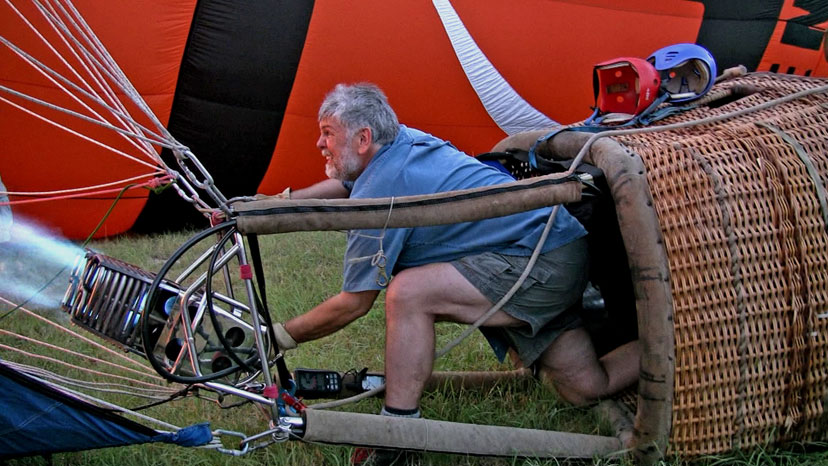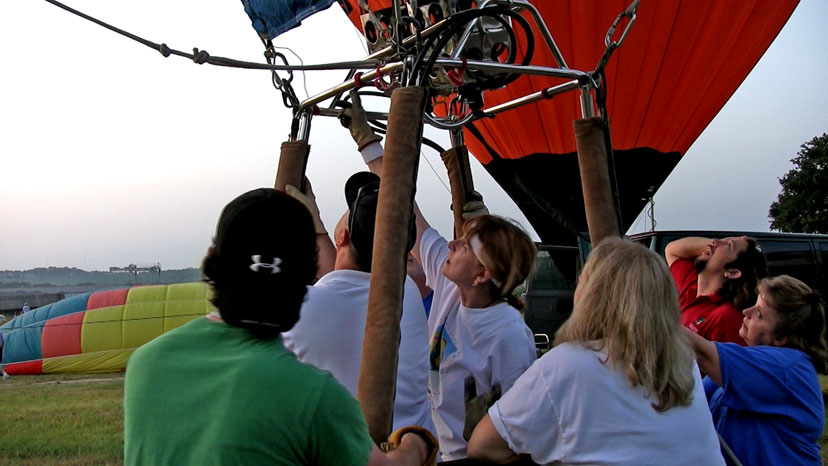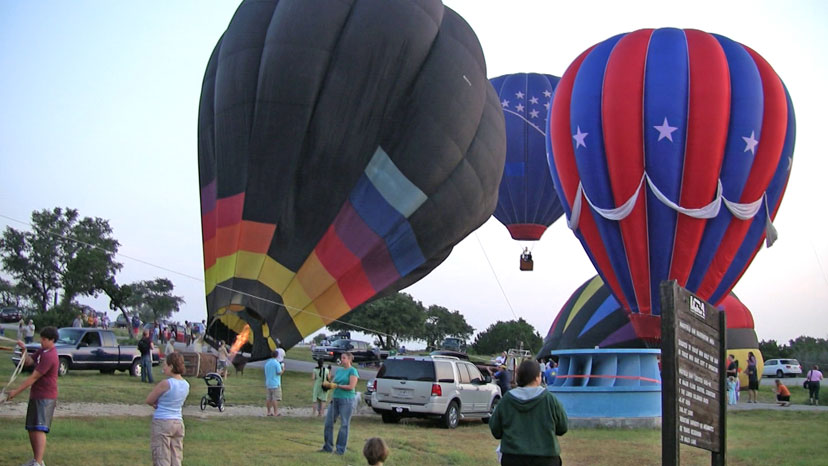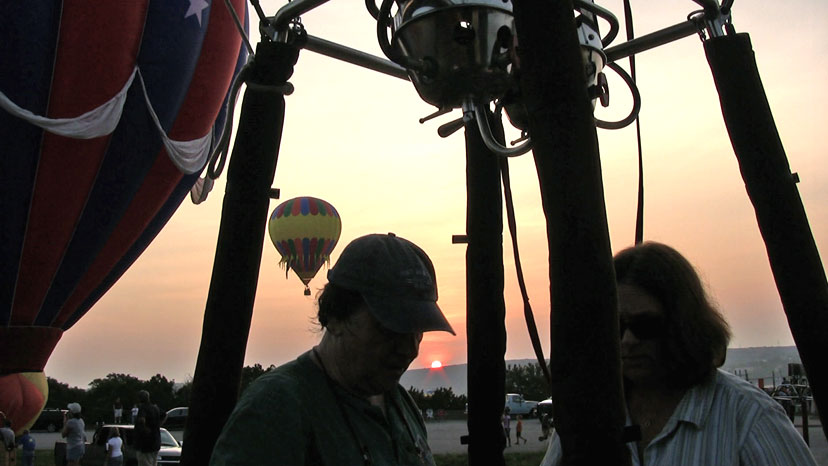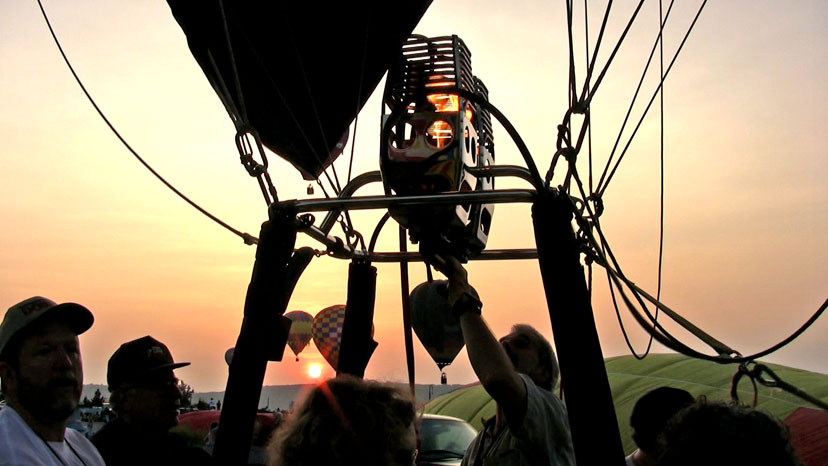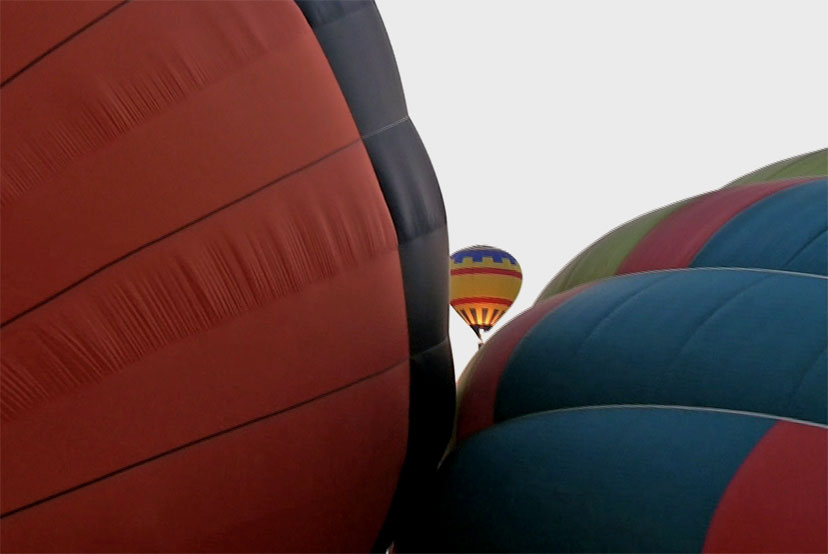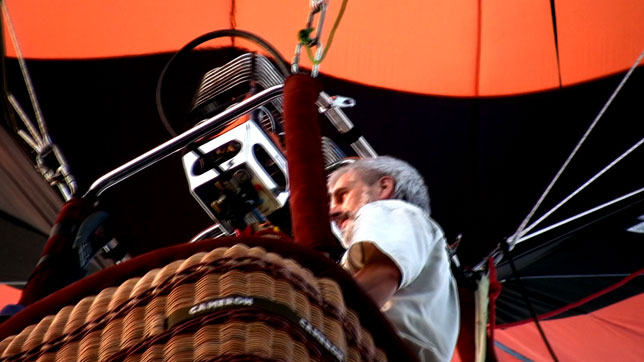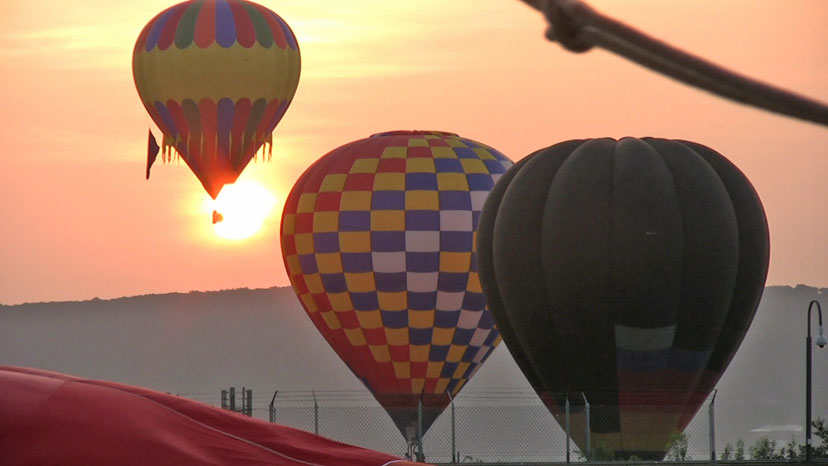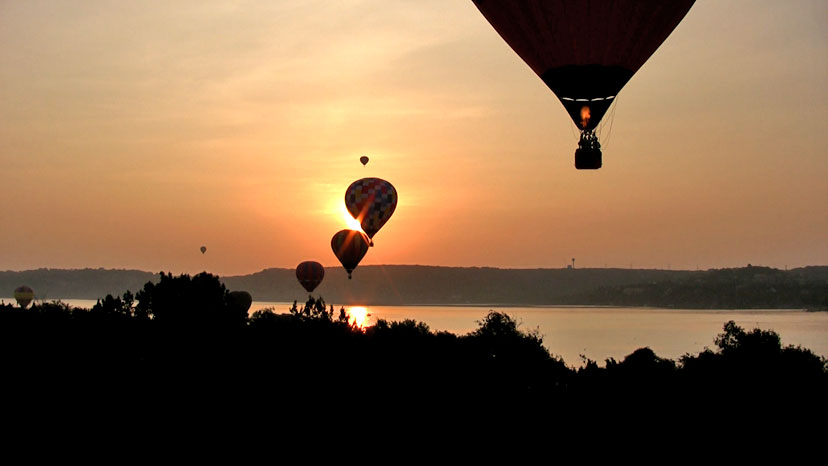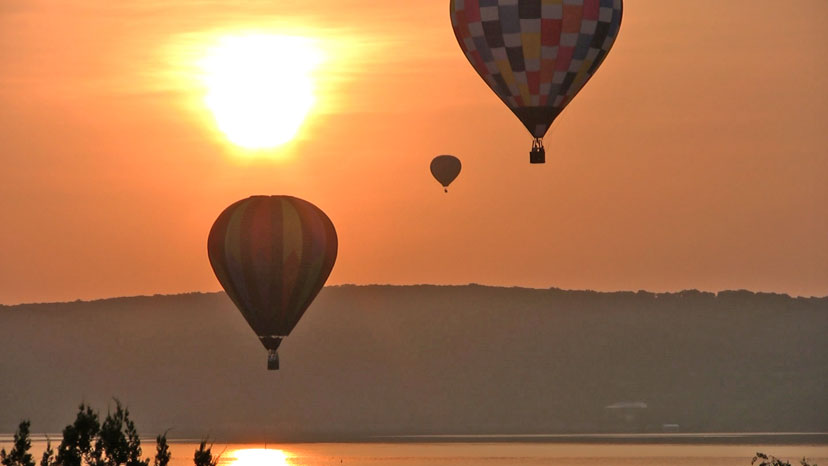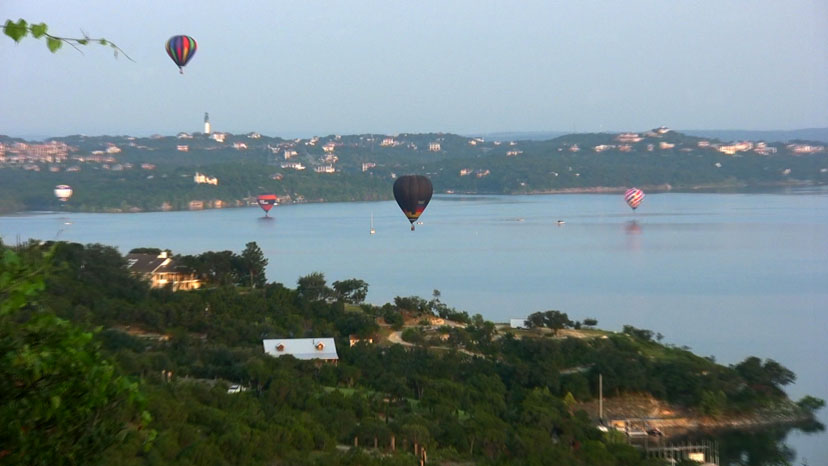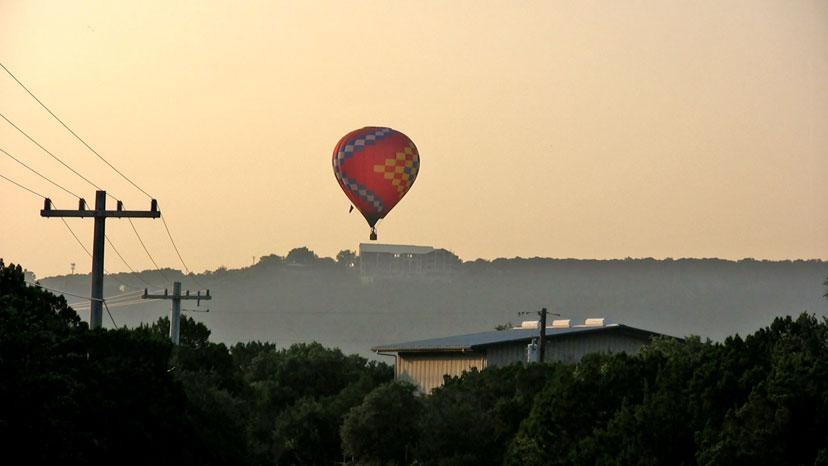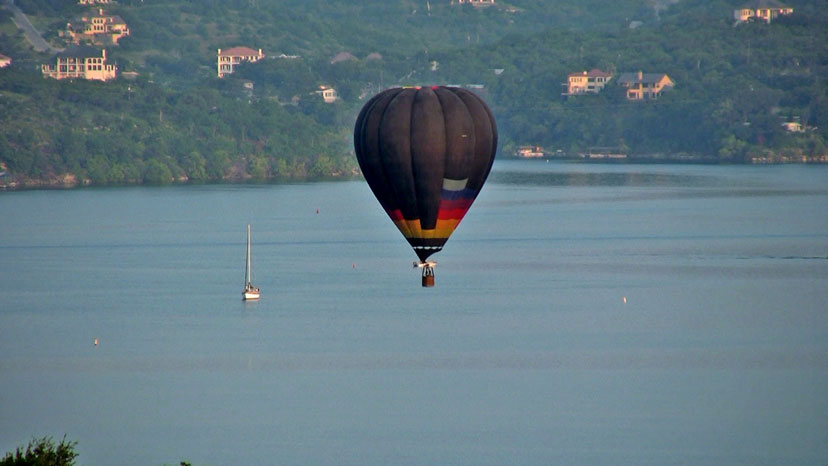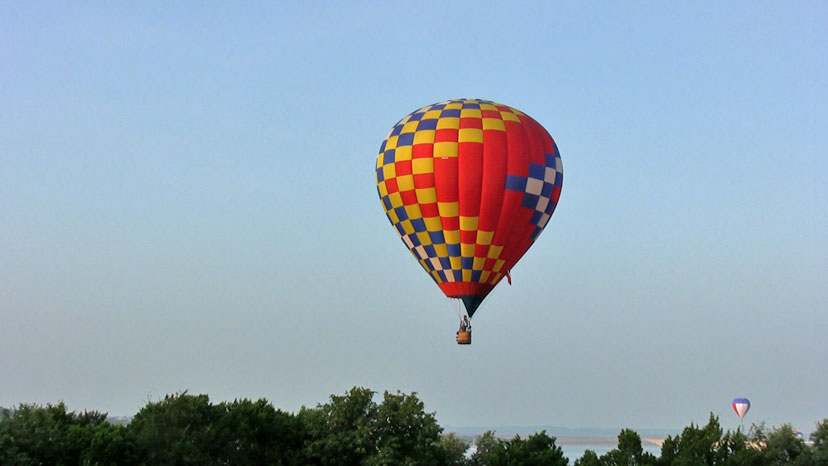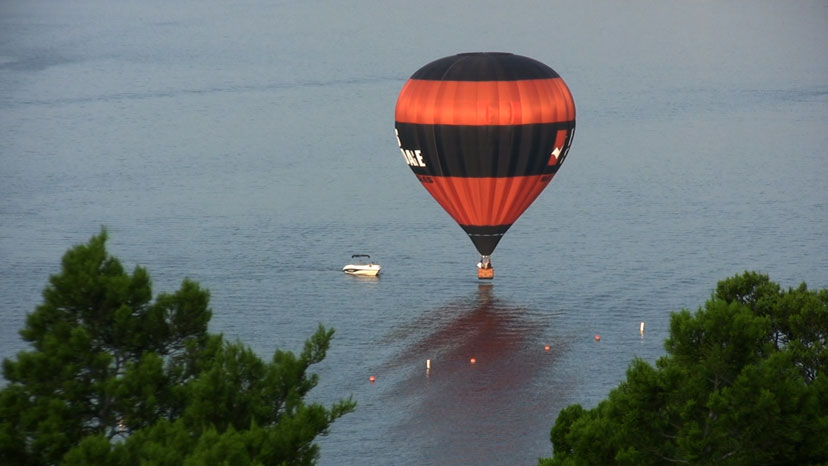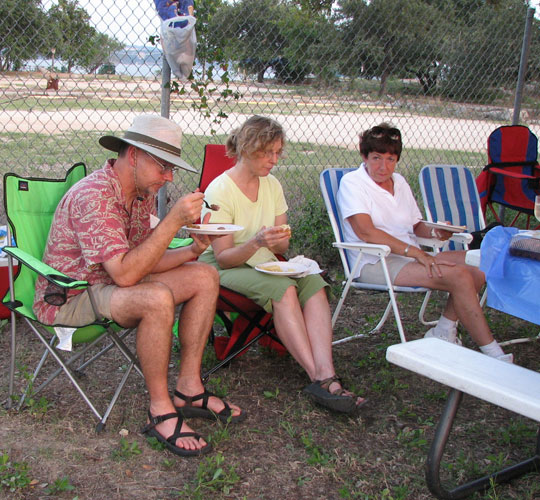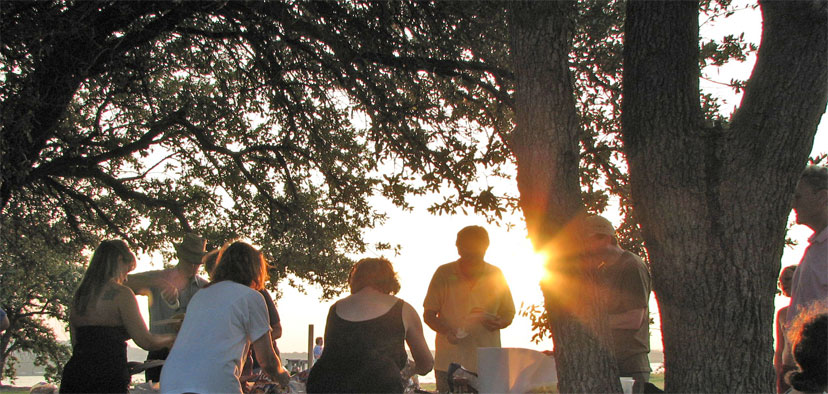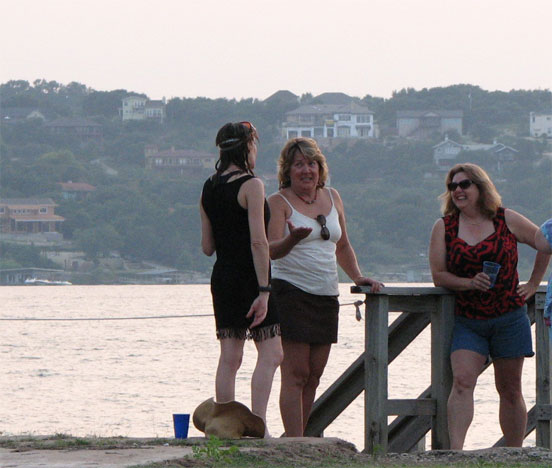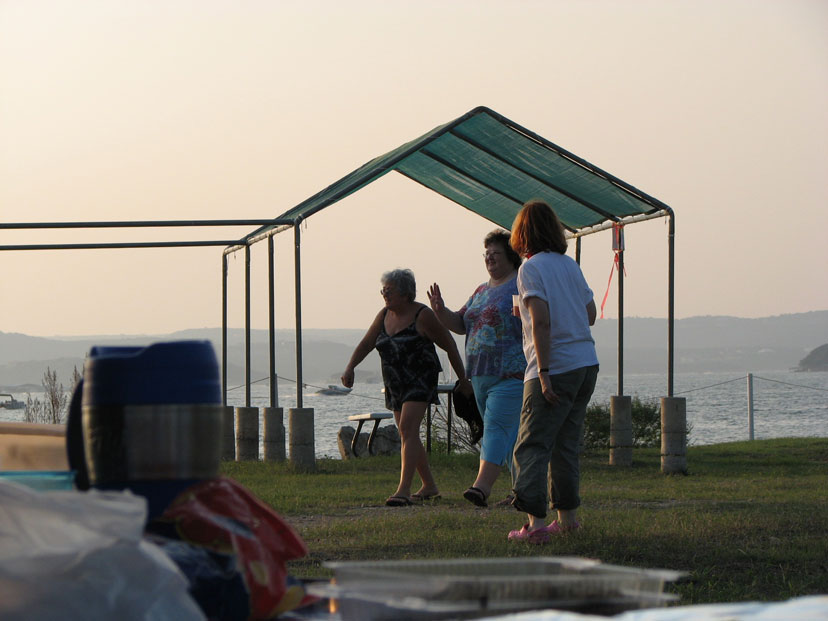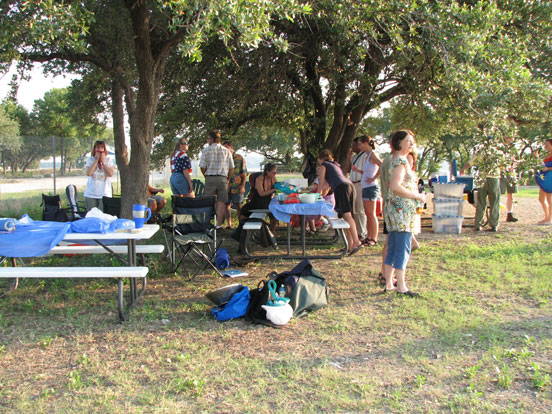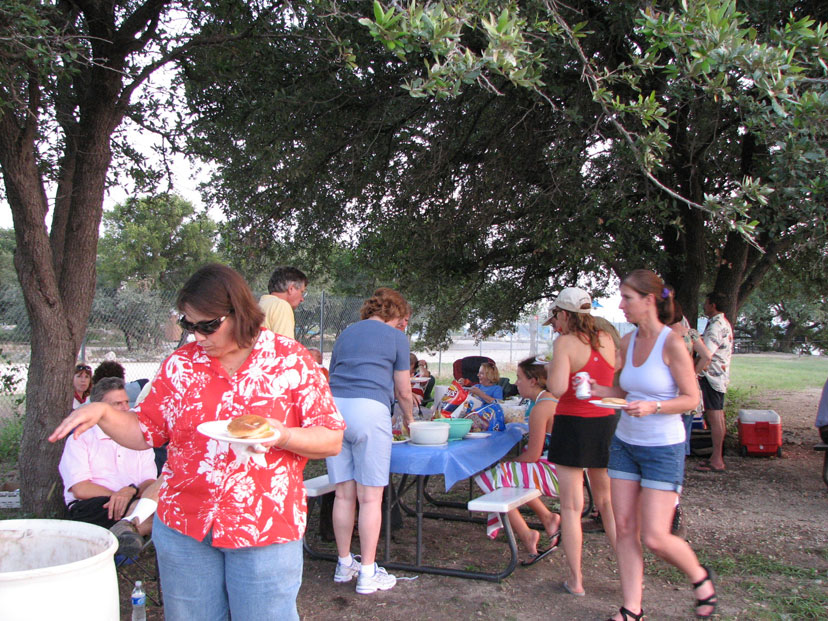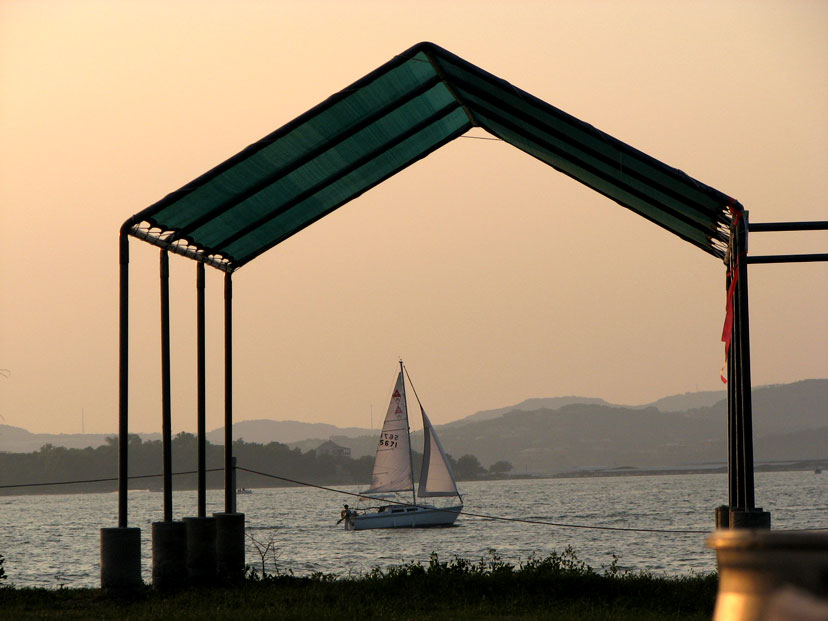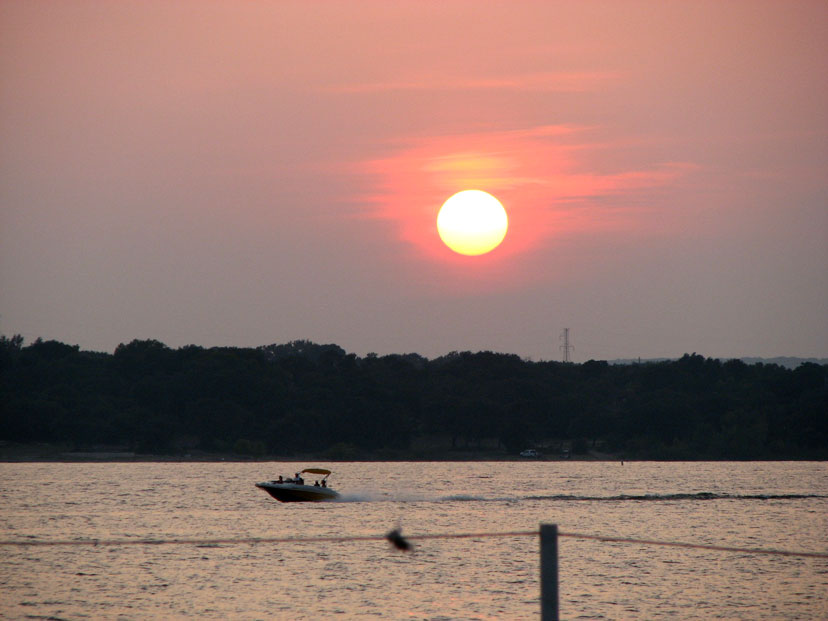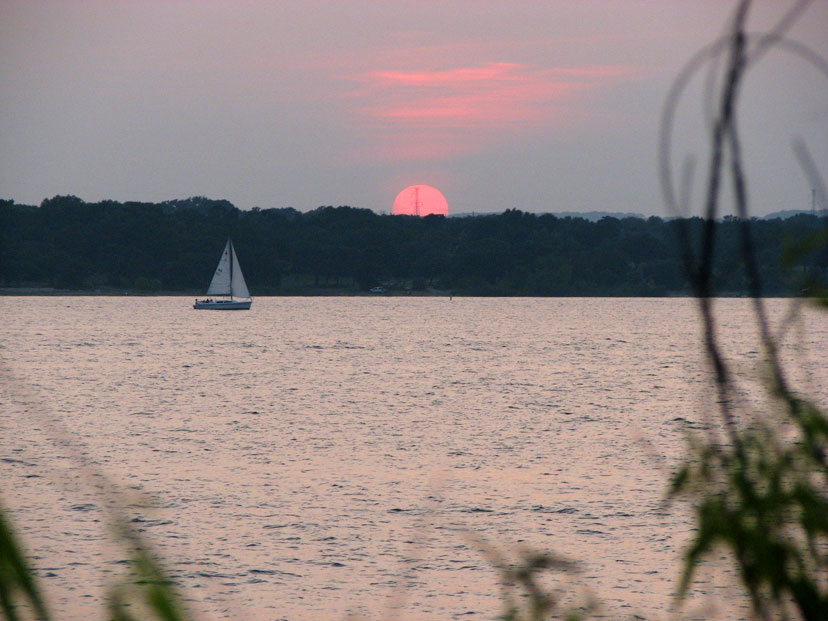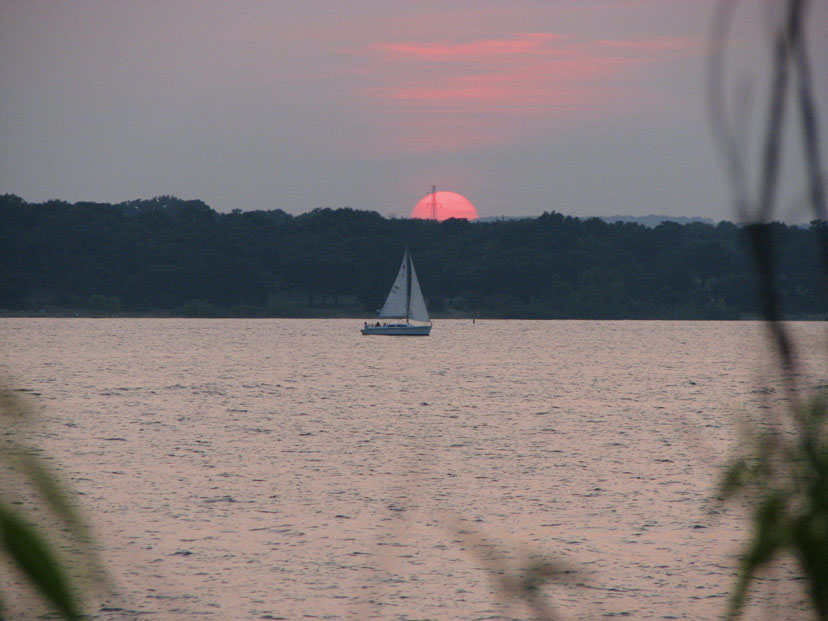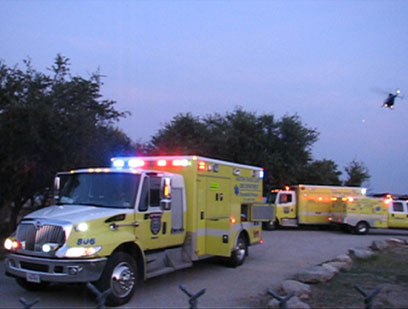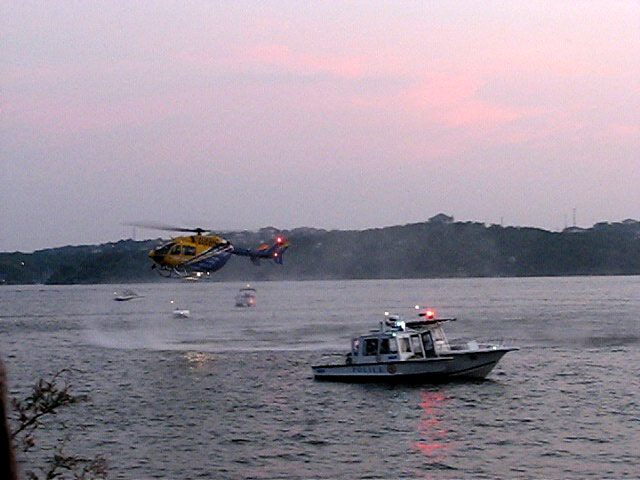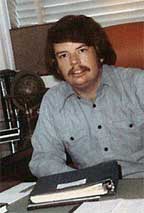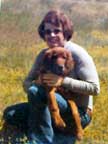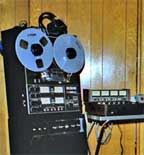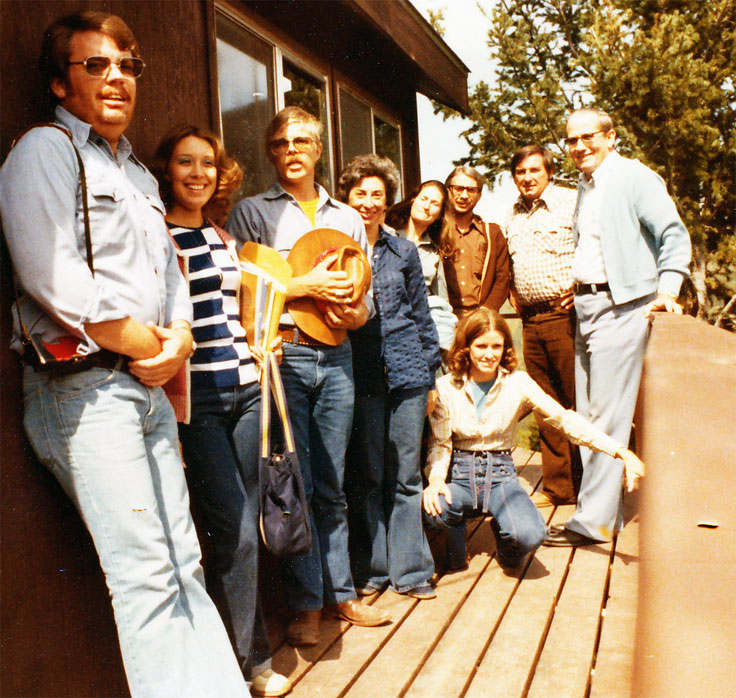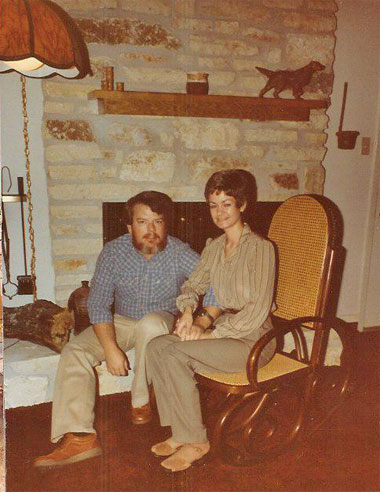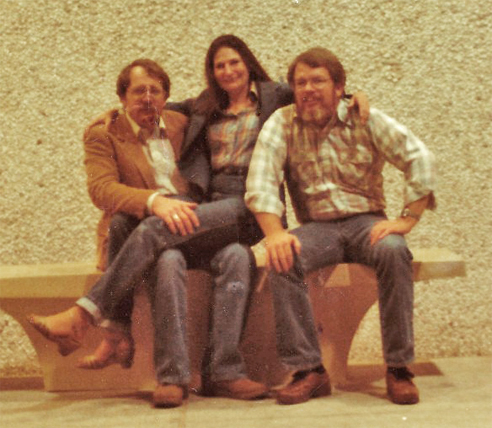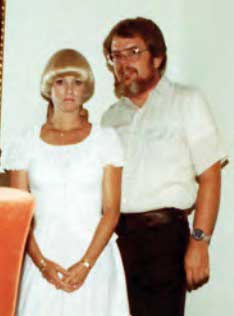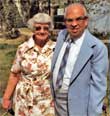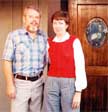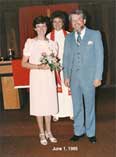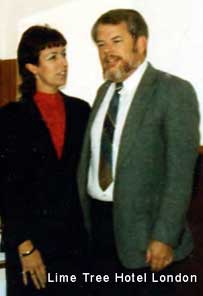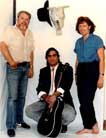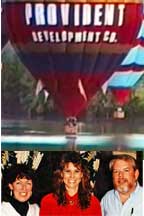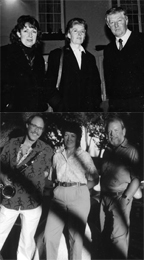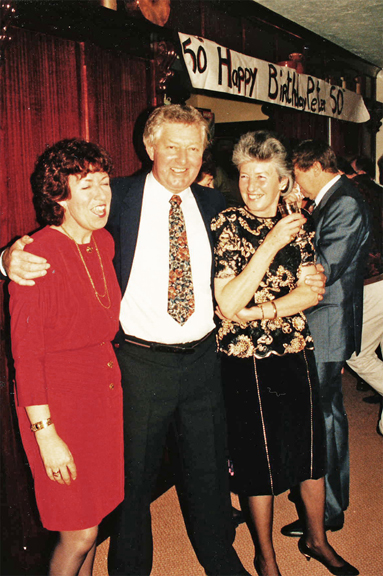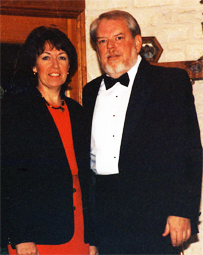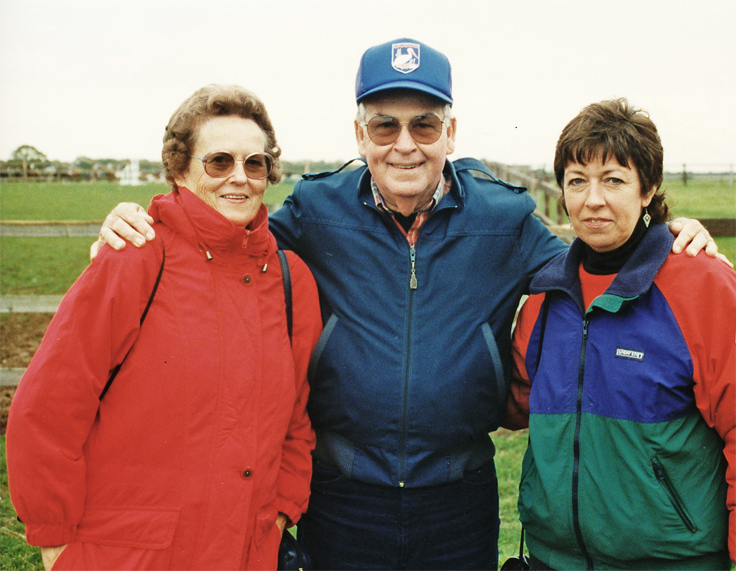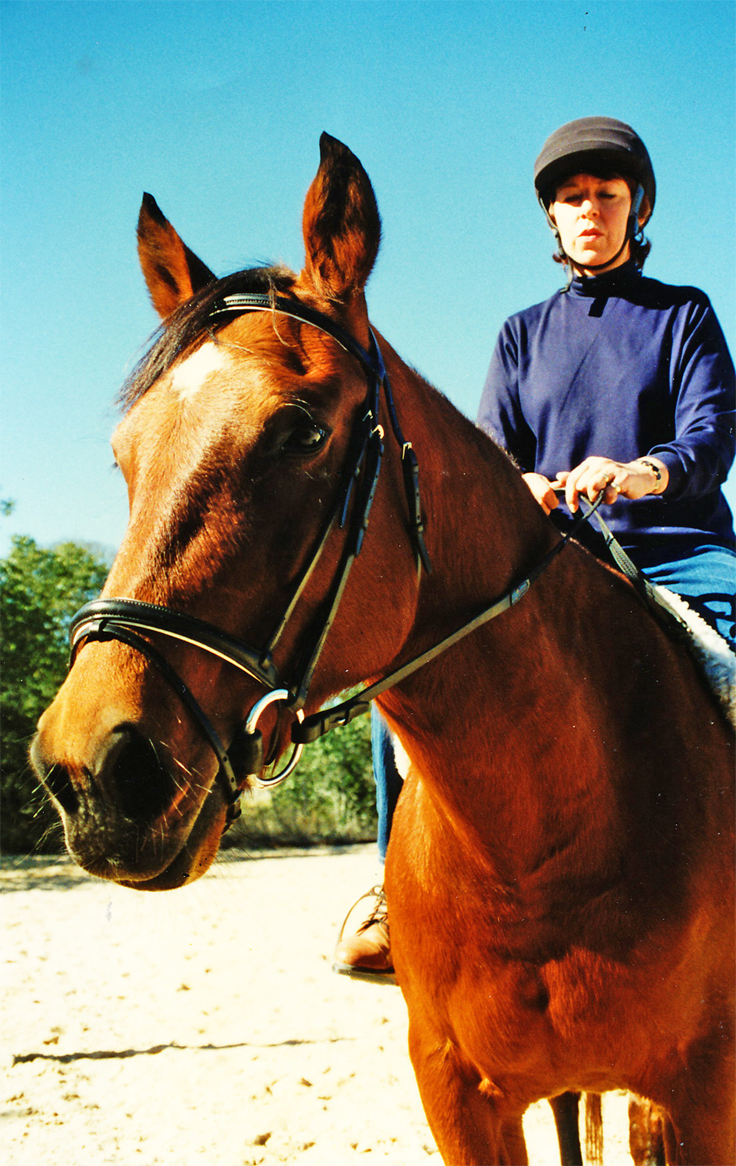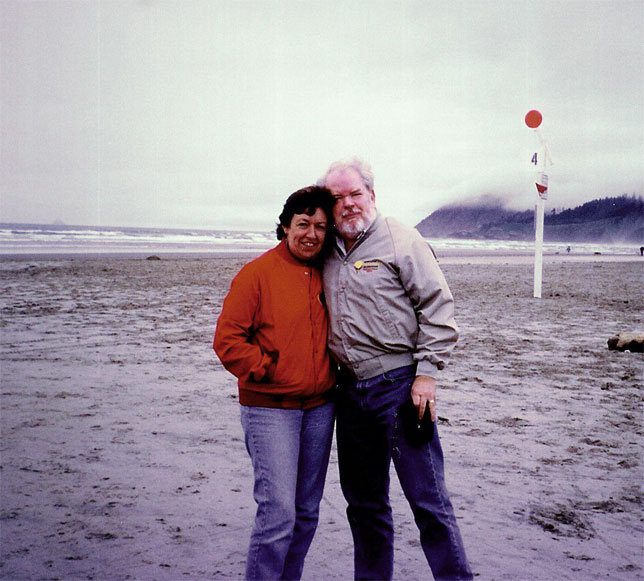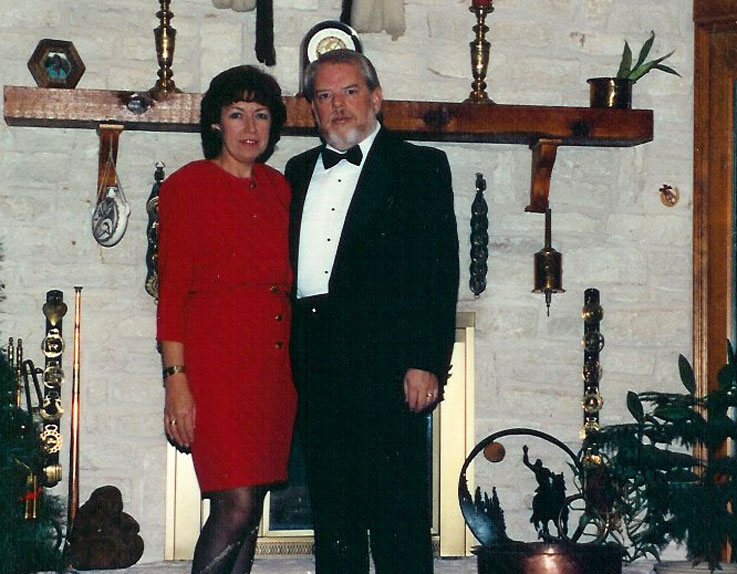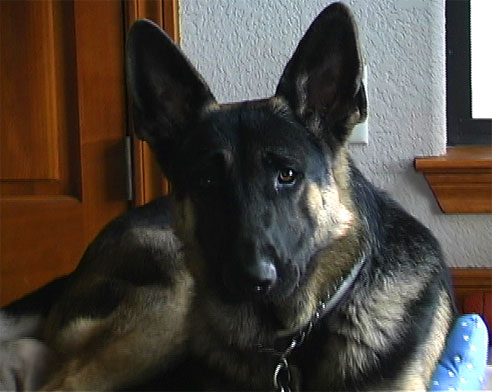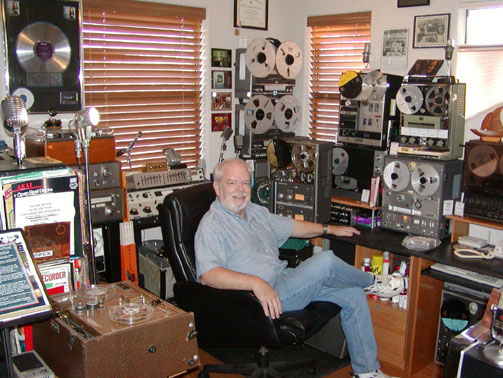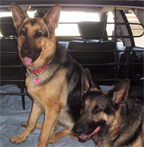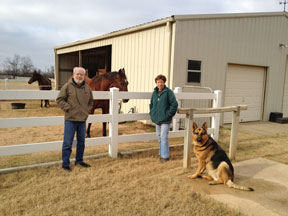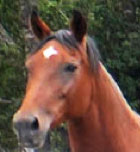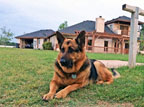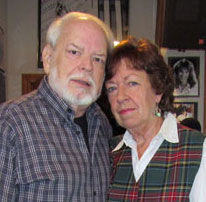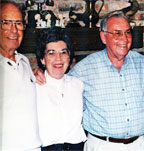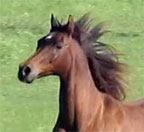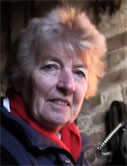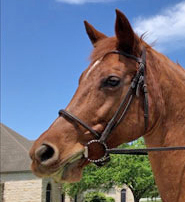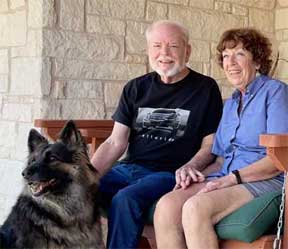| CTBA Lake Travis Flight All photos by Martin Theophilus • ©2007 Phantom Productions, Inc. August 11, 2007 QuickTime video • WindowsMedia video • News Clips • Bonus Old CTBA Trail of Lights clip CTBA Lake Travis Picnic Bob Wentz Park emergency response to drowning - video QuickTime • video WindowsMedia FAMILY SPORTS -- BALLOONING Saturday, July 26, 2008 Pick a family sport, any sport. Tennis, backpacking, boating, horses, hot-air ballooning, golf ... Hot-air ballooning? Are you serious? "It was a family thing right off," Sam and Jean Edwards say as they recount their life in ballooning with daughters Cheri White and Denise Eads, and now with grandkids. "Our youngest daughter, Denise, read in the paper there would be seven to eight balloons in west Houston," says Jean. Sam took the 11-year-old to the gathering on a Friday night, and they went back for every event that weekend. By Sunday, Sam was asked whether he was interested in helping start a balloon club. A week later, the Tejas Aeronauts was formed, a balloon was ordered and Sam became president. That casual introduction in 1975 reoriented the Edwardses' family life, leading them to give up their Galveston Bay house and water sports for life in the air. The weekend's diversion quickly captured the whole family's attention, becoming a shared passion that led to major competitions, businesses and just having fun. Hot-air ballooning now spans three generations in the Edwards-White families. Like the birds with whom they share the sky, each generation teaches the next to fly. White and her family relocated to Lakeway from Houston in 2002. Her parents followed in 2003, joining the Central Texas Balloon Association. The area club has been flying en masse over Lake Travis once every summer since 1988, with a few cancellations for weather. This year's Lake Travis flyover is scheduled for Aug 2. (See box at right for details.) Although White participated with her twin children last year, both families will miss this year's event because they'll be on separate balloon flying trips elsewhere. "Balloonists are like a big family," observes White, who flies a balloon promoting Touchstone Energy Cooperatives, an alliance of electric co-ops across the country. "I have friends all over the world that I am connected to through ballooning." Now retired from his career in the oil and gas business, Sam Edwards flies competitive races, and the couple has a small business selling passenger rides. "I used to do it for exercise, but that was 30 years ago," he says with a laugh. Jean Edwards is head crew chief — helping set up the balloon for flight, and chasing it in a truck on the ground to help pack it up after it lands. "With a husband and two daughters all flying, someone had to stay on the ground and chase," she says. "We did competition early on," remembers Jean Edwards. "Sam's instructor believed competition made more skilled pilots." Sam Edwards has earned a ranking in the Balloon Federation of America's top 10 four times in his racing career. The federation holds numerous events each year, and scoring in the top 100 through points earned running "tasks" qualifies pilots for the national championship. Assigned tasks are how balloonists compete, trying to get closest to completing the given task perfectly, such as dropping a marker on a target, akin to playing darts while riding an elephant in the air. Pilots earn more points the closer they get. New technology has changed the races. Last year, the nationals were held in Texas (Waco) for the first time and Sam Edwards notes that with GPS devices pilots there "could track time, altitude, where you went, distance. You were following a geometric shape in the sky, and not using the ground as reference." Sam Edwards trained both of his daughters to become pilots, and White now has a string of firsts as a competitive pilot. Eads was a pilot and an avid fun flier until she was diagnosed with cancer. "When we lost our daughter at 33 to melanoma," Jean Edwards says, "we were so happy we didn't put anything off, that we lived this life together." Eads' daughter, Renai, will be living with her grandparents this fall to attend college, and she'll learn the family business of ballooning. White has traveled to 25 states and seven countries to fly. This past fall, she was on one of three American teams that qualified to compete in Belgium in the Gordon Bennett Cup, the world's oldest international balloon race. Racing has earned her four firsts as a pilot: U.S. National Rookie of the Year, U.S. National Team Champion, Women's North American Champion and U.S. National Women's Hot Air Balloon Champion. Early on, White earned income from ballooning, selling passenger rides on the weekends to pay her way through law school. But it was practicing law, not ballooning, that went by the wayside. "I left to raise my babies. I haven't put a suit on since. I love being outside," she says. "My corporate ballooning job is just perfect — I work out of my home, and then in the summertime when I go do my balloon events, my children go with me and they help. They wear their Touchstone Energy shirts and crew, and work with the media and passengers. It's a really good bonding time for our family, and we get to go to lots of interesting places and meet lots of interesting people." Flying a balloon takes a large amount of preparation, people and work for an hour's flight at dawn. The uninflated balloons, gondolas, tethers and riggings are transported in the back of a pickup or in a small trailer to the launch site. When inflated by heating the air with a propane burner at the balloon's open "throat" and fully operational, the balloons stand six to eight stories high. Their weight increases from several hundred pounds stored to more than 2 tons, and the behemoths are capable of lifting a pickup into the air. Planning for a flight begins a few days beforehand. Good weather — no rain and winds of less than 10 mph — is the priority: There is a window of opportunity within which it is safe to fly, and if it isn't there, balloonists go to breakfast and talk about ballooning instead. If the wind speed is within flying range, a small black test balloon, or pibal, is let loose to show the wind direction and currents. The pibal makes the invisible visible, allowing pilots to determine the general direction of their flight and landing. "It gives you a more accurate understanding of what's going on upstairs," says Sam Edwards. Pilots think about landing before they ever take off. To descend, they let the balloon's air cool off and gradually the balloon drops in altitude. Possible landing sites have been picked before the pilots ever set sail. They know the red zones and green zones: Red zones have power lines, cattle, unwelcoming landowners or obstacles. Green zones are open spaces where pilots know they can land safely, determined in part by past flights and records kept by the balloonists' club. Wind speed also affects landing sites. If it is low, around 3 mph, a skilled pilot can land easily in a residential neighborhood if needed. If the ground winds are closer to 10 mph, a pilot needs something the size of a football field. When the landing site is in view, the pilot starts releasing air to make the balloon come down more quickly and stop. "Once you hit the ground," Sam Edwards says, "you have to release all the air, or the wind will try to keep you going like a sailboat." Though the basic principles of ballooning have not changed since the Montgolfier brothers first took humans aloft in France in 1783, safety is one thing that has changed since Sam and Jean Edwards began ballooning. "When we started flying, there was no safety," Jean Edwards says. "We didn't know you couldn't fly in the middle of the day or tether on a building — we didn't know about thermals or outflows from thunderstorms collapsing 30 miles away." "It is safer to be in a hot-air balloon than on the highway," her husband adds. "But when a hot-air balloon crashes, the whole world knows." Going where the wind blows might seem casual, but safe ballooning requires discipline, skill and a Federal Aviation Administration pilot's license. White says she's happy that "I get to do something that I enjoy doing with my husband, children, and my parents. It is a closer bond with my parents because we have a common interest — a common sport. "My twins are 13 now, and for them to think their mom is cool is a remarkable thing," she says. Daughter Madeleine is mostly interested in art, but son Gordie wants to pilot balloons and is learning to fly from his mom, at the same age White learned to fly from her dad. Now how cool is that? Lake Travis flyover Whether balloons can fly on a given day is always touch and go until the morning of a launch. If the wind is too high, the event for observers will be limited to checking out the activities on the ground at the launch site. But wandering around and watching 12 to 18 balloons set up is a spectacle in itself. Here's how to participate at the annual crossing of Lake Travis near Mansfield Dam on Aug. 2: The launch site is the best place to watch the balloons take flight. You can wander around the field as pilots and crew assess the weather, unpack, inflate and, they hope, fly. If the pilots can take off, the coolness of the lake causes the balloons to drop slightly, and many pilots take that as an invitation to dip down and kiss the surface of the lake with the gondola, a skilled maneuver called a Splash 'n Dash. The night before Aug. 2, call 479-9421 for a recorded message that tells whether the weather is cooperating. If it is a go, plan on arriving at the Mansfield Dam launch site before dawn, around 6 a.m. For directions to the site, go to the Central Texas Ballooning Association Web site at www.centraltexasballooning.com. Click on the CTBA Activities box, scroll down to Aug. 2 and click on the map. Once you turn off RM 620, follow signs to Mansfield Park. Do not go into the park. Bear right at the turnoff for the park, and follow the road curving around to the lake and the launch site. |
|
"Phantom Productions" is the registered trademark of Phantom Productions, Inc. Copyright 2007 |
Please visit the Museum of Magnetic Sound Recording • Hot Air Ballooning


